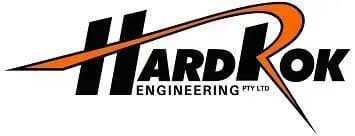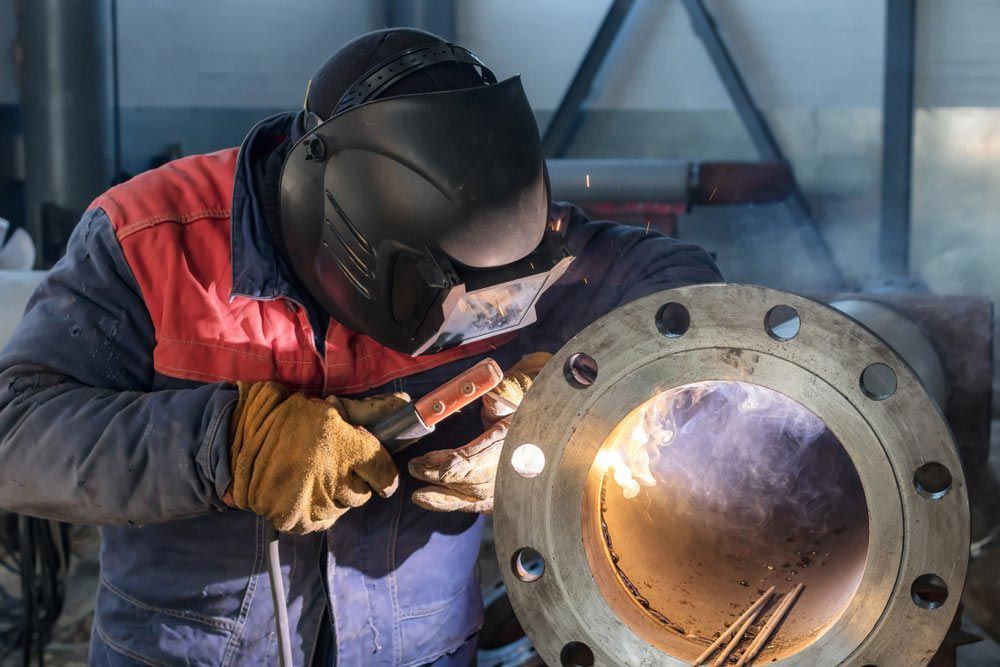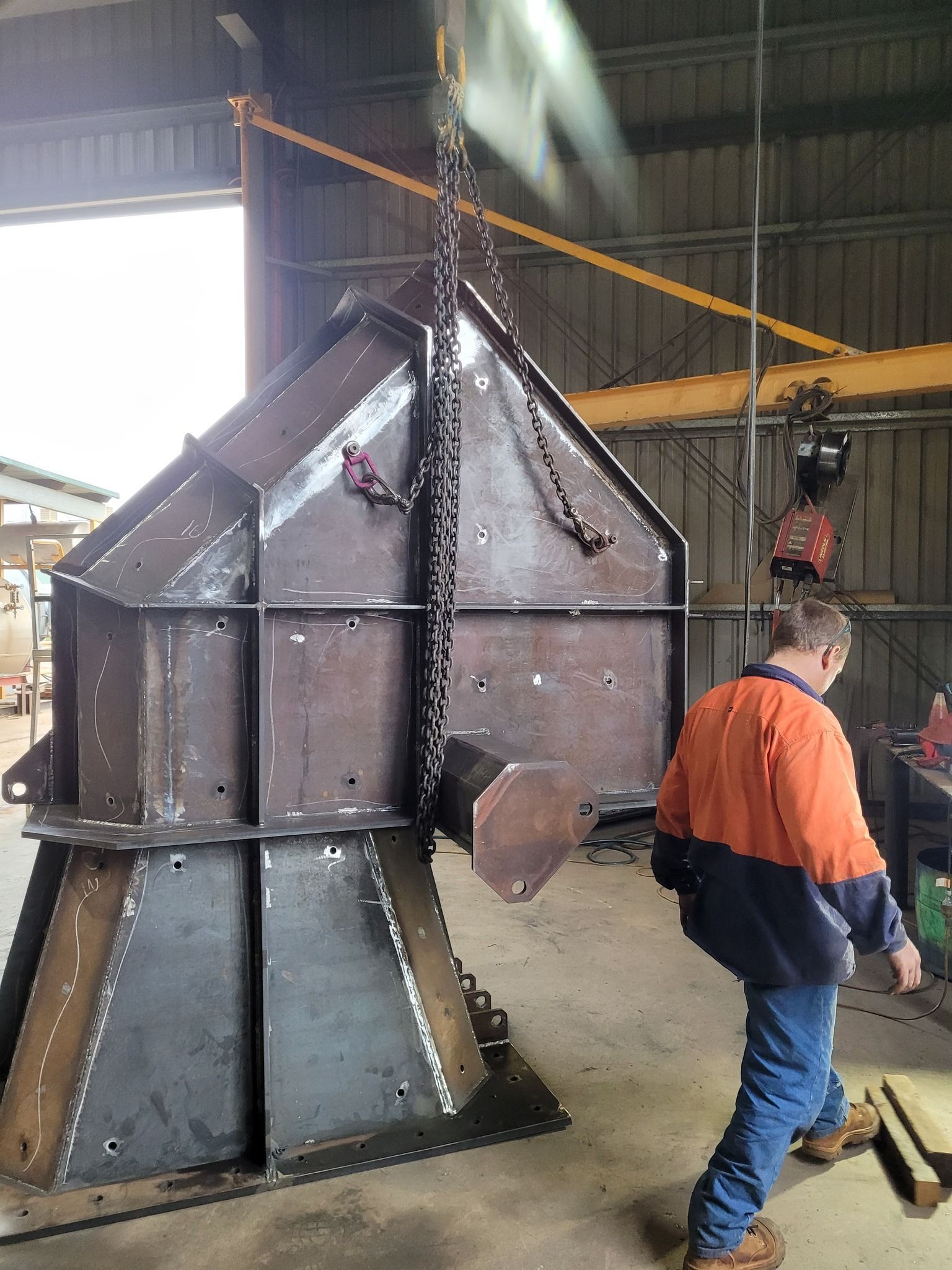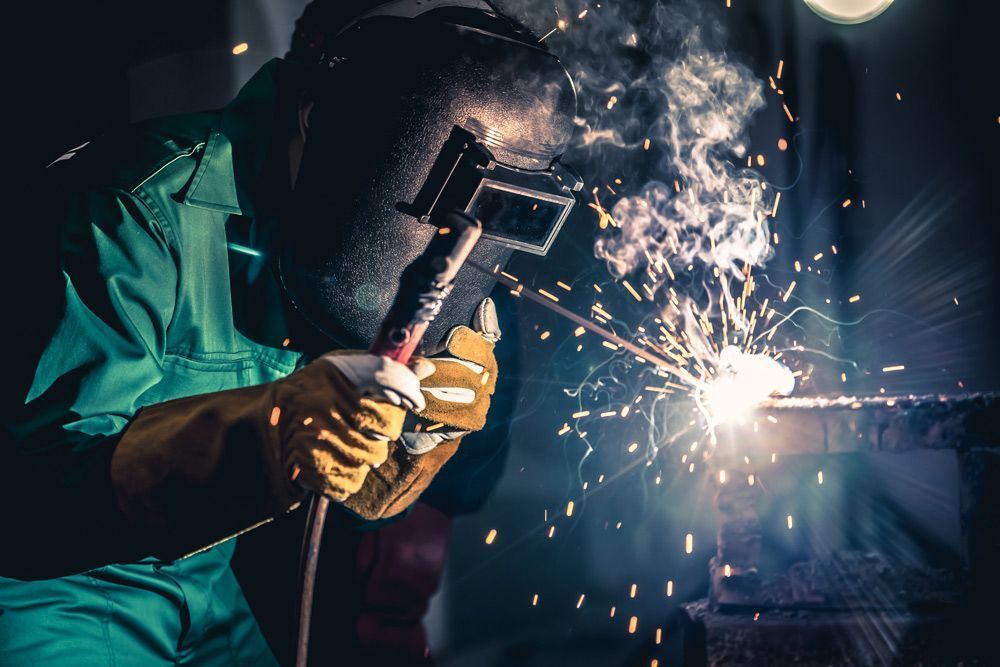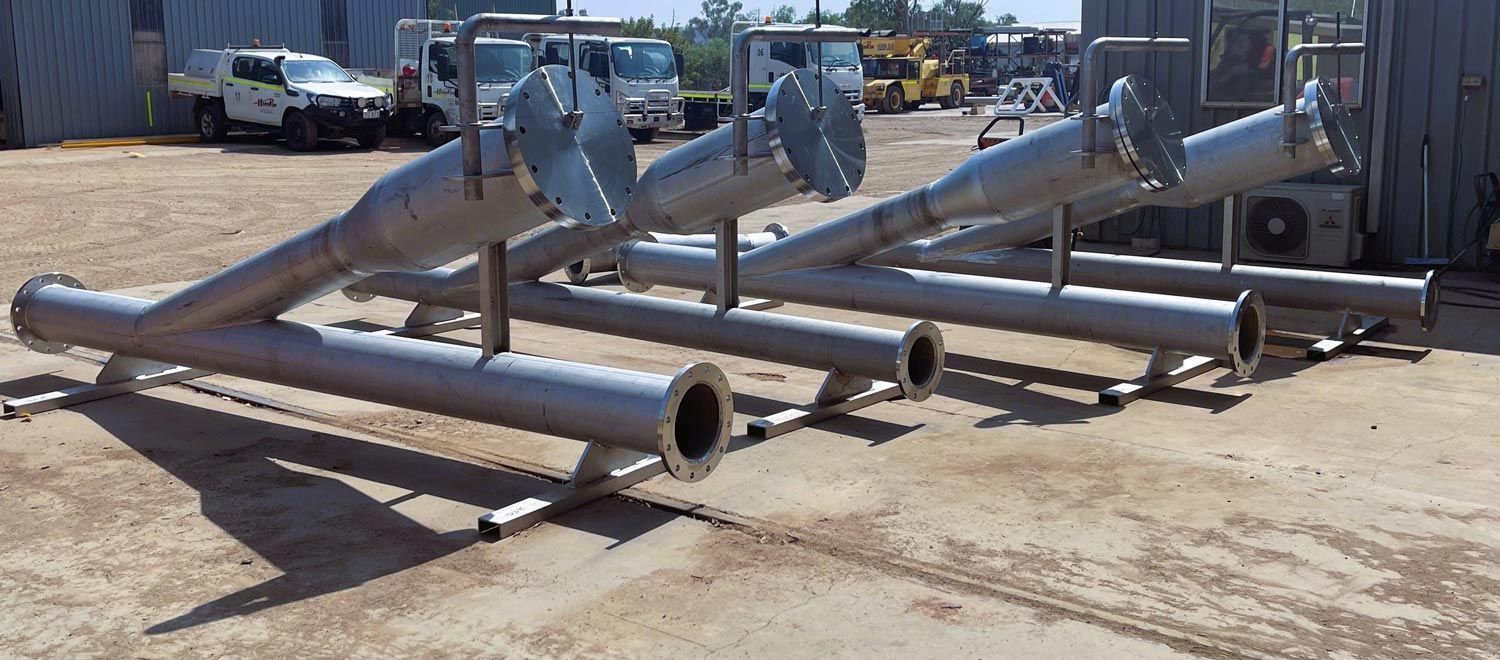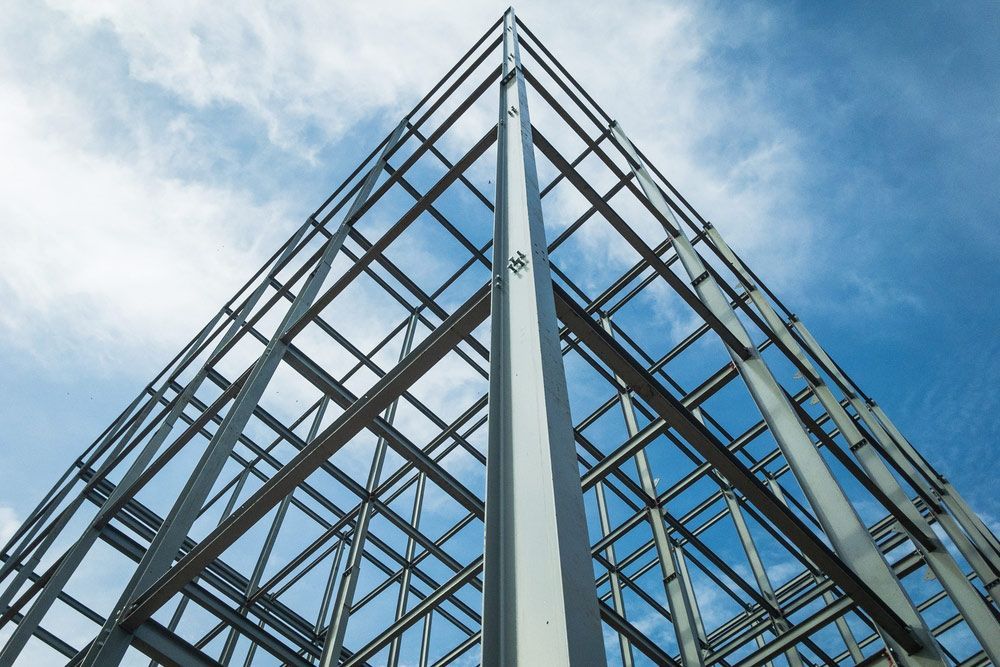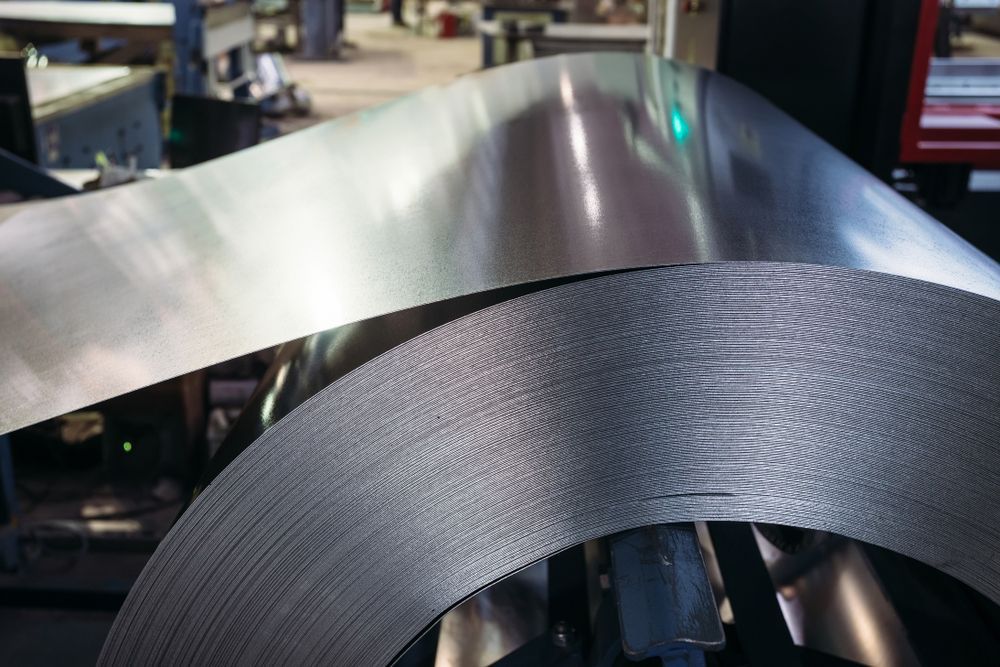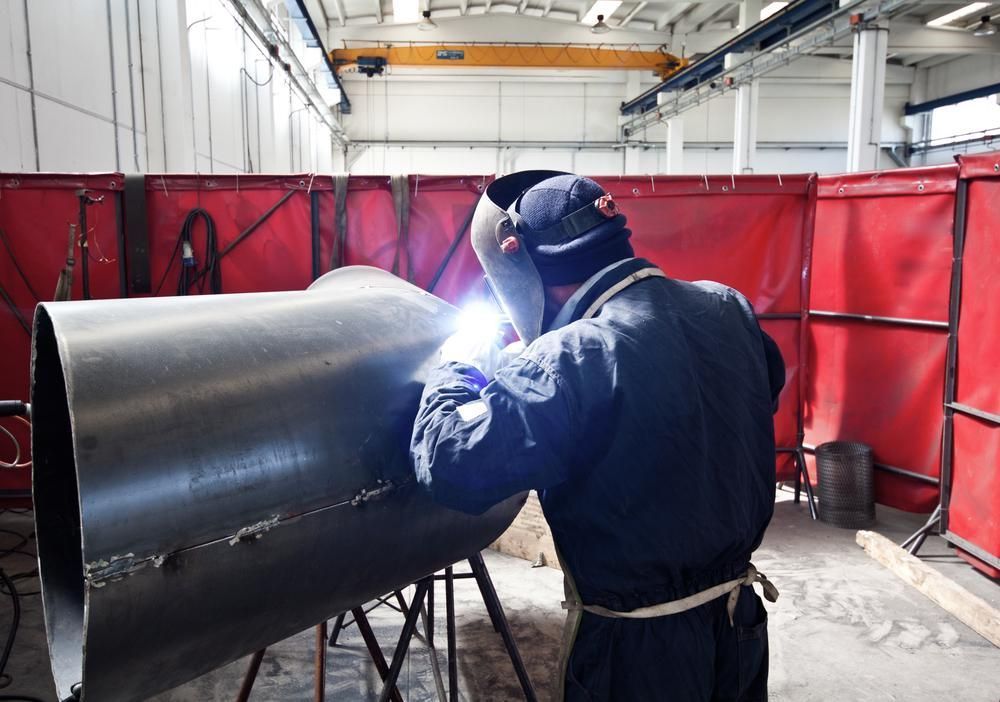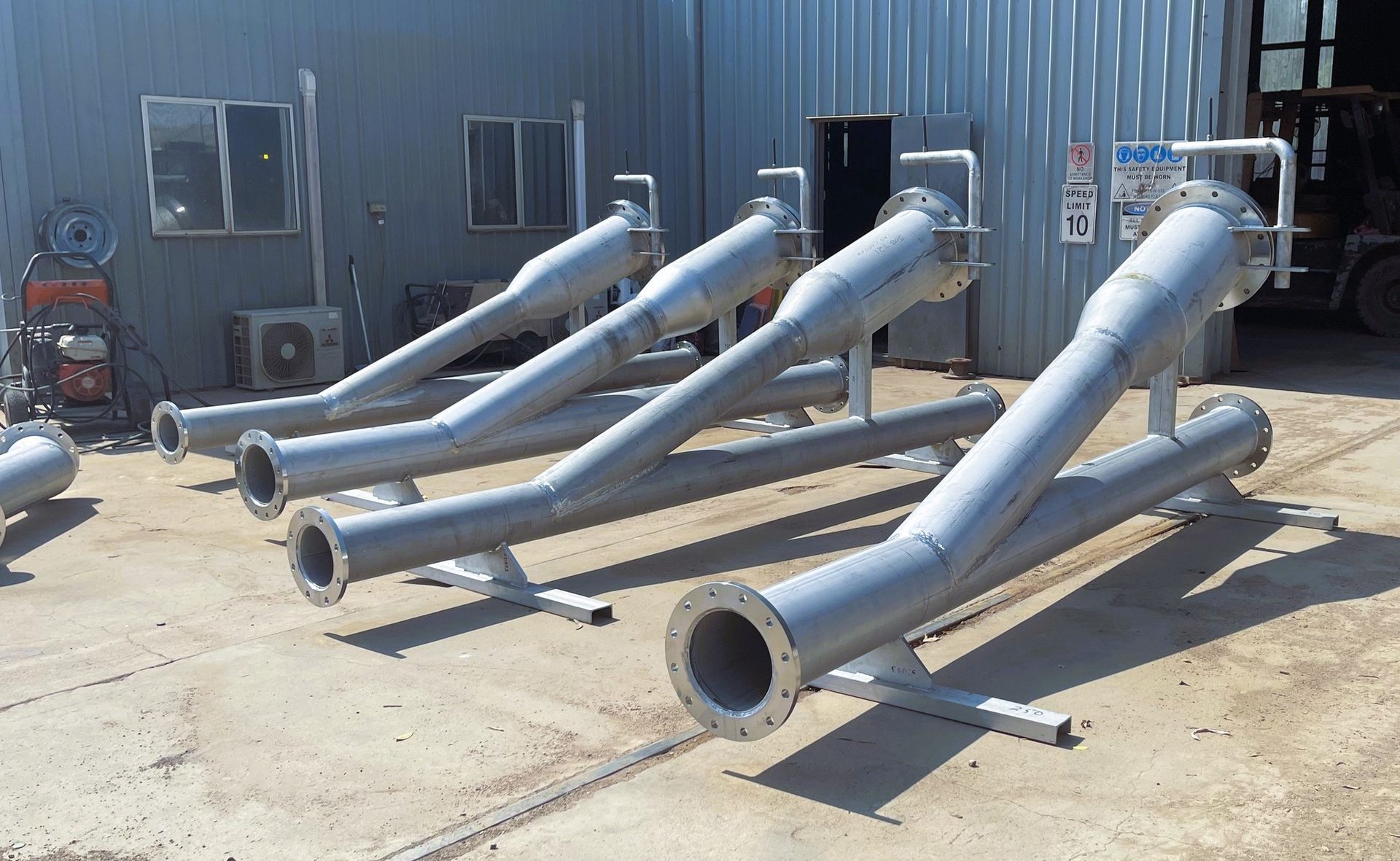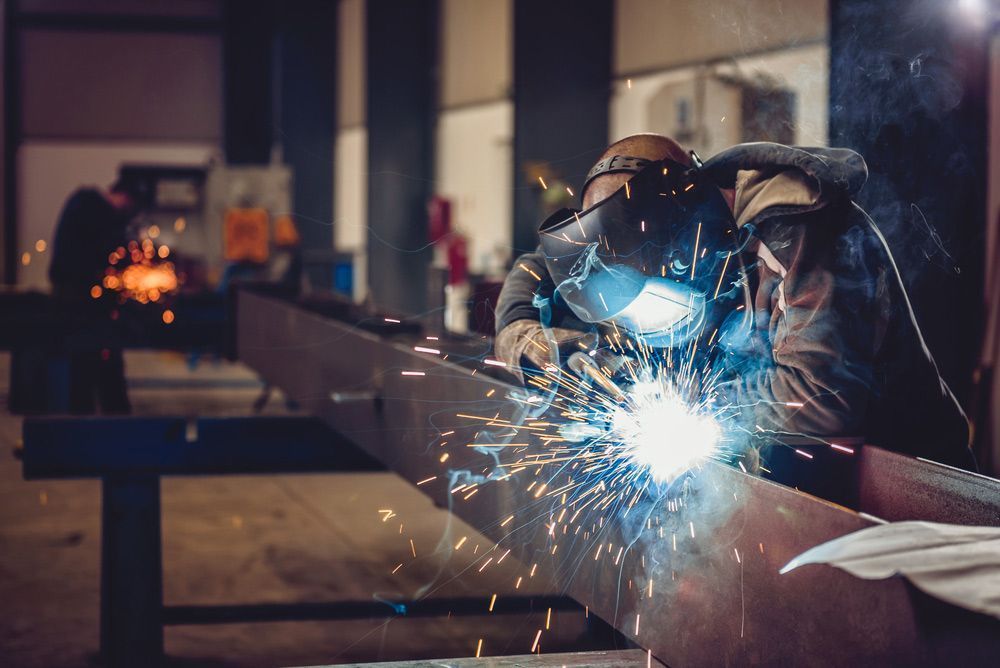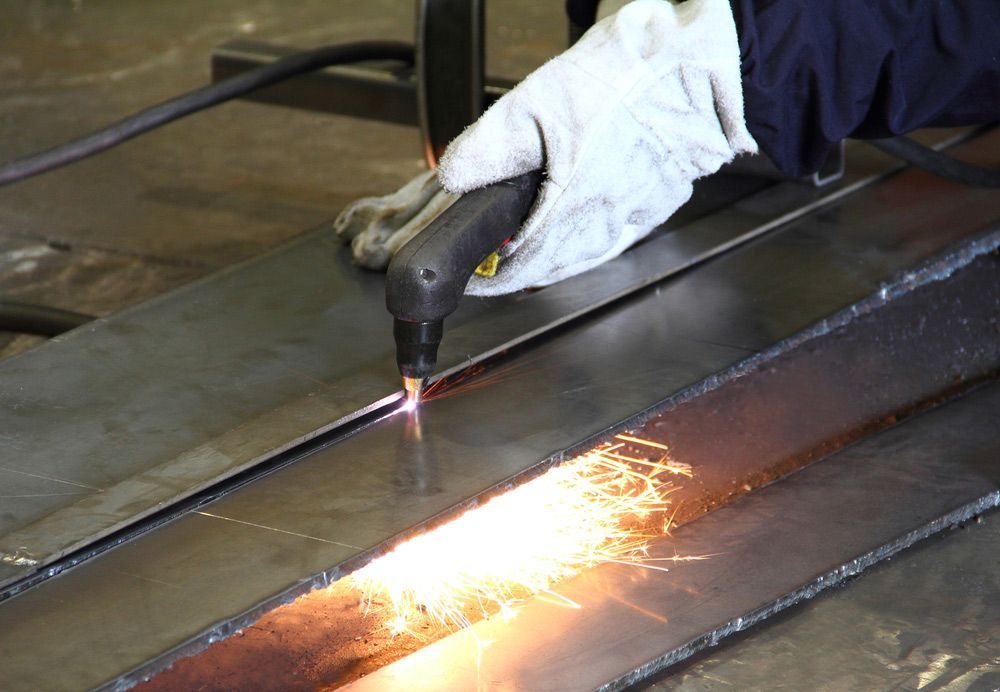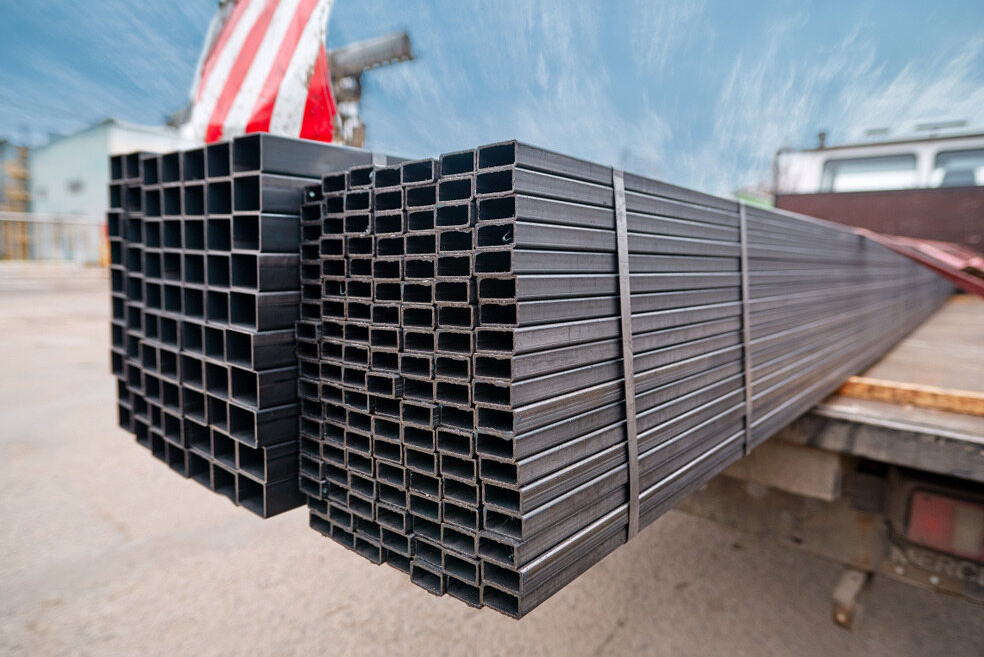The Purpose Of Rubber Lining For Steel Pipes
Rubber lining is the ideal solution to prevent corrosion, substance contamination, ignition and explosion in industrial and commercial applications. It can be used for both abrasive and chemical purposes.
Rubber lined steel pipes are highly durable, making them suitable for even the most abrasive slurries and essential for the mining industry.
What Is Rubber Lining?
Rubber lining is the process of applying rubber sheets or extruded tubes to the internal surface of steel pipes. The proper application of rubber lining will extend your equipment life and minimise unscheduled maintenance.
For pipes conveying fluid streams with abrasive solids or aggressive chemicals, rubber-lined steel pipes have long been considered a very effective solution.
Depending on the use of the equipment, rubber lining needs to withstand extreme temperatures. Metals used to house liquids are vulnerable to corrosion.
With its superior strength and usefulness in sustaining pressure and temperature conditions, steel is used in many piping applications. Rubber is both tough and elastic which makes it ideal for lining applications.
When applied to the inside of steel pipes used to house fluids, rubber enhances resistance against the natural corrosion process.
However, rubber lining is not necessarily a one-size-fits-all solution. It’s important to understand the chemical properties of any liquids being conveyed via the piping to avoid any reactivity with the rubber chemical composition.
What Rubber is Used to Line Steel Pipes?
There are a variety of rubber compounds used to line steel pipes, each with varying levels of resistance to chemical permeation. Rubber is an insulator, creating a barrier between the metal surface and harsh environmental conditions.
This is even more important when dealing with corrosive chemicals like those used in mining, chemical plants, power plants or steel mills. Factors including temperature, chemical composition and the concentration of the materials all need to be considered when choosing the right rubber lining to suit your application, extend your equipment life and maximise operative efficiencies.
Natural rubber lining is suitable for use with most inorganic chemicals except for strong oxidising agents. It is also resistant to most alcohols, esters, and hydrochloric acid.
Most steel pipes benefit from the use of natural rubber lining but there are also synthetic rubber compounds such as Chloroprene Rubber, which can be used for pipes in acid plants or areas where higher resistance to oils, acids and abrasives are required.
Material selection is determined by service conditions such as pressure, temperature and medium, as well as design and manufacturing methods.
What is Rubber Hardness?
Rubber is graded on a scale to determine whether it is considered soft rubber or hard rubber. Rubber with hardness greater than Shore D 60 is classified as hard rubber.
Generally, the harder the rubber, the less flexible it is and the more sensitive to large temperature fluctuations.
Hard rubbers can only be applied by autoclave vulcanisation and are therefore restricted to small equipment or components. Soft rubber is more common for lining steel pipes and remains elastic over a large temperature range. It is also suitable for applying on-site.
How is Rubber Lining Applied?
Rubber lining can be used for a range of different types of equipment. For immobile objects, work can be applied to machinery, parts, or equipment on location, although some restrictions apply to the types of projects.
Autoclave machines can reduce the cost of rubber lining projects, offering a versatile and efficient solution for individual parts. Before the lining is inserted, the steel piping also needs to be inspected for any defects that could cause blisters in the rubber lining or allow air to interfere with the curing process.
Successfully applying rubber lining requires skill and accuracy. Our expert team can assess your individual requirements to find the right solution for your needs.
For a better understanding of how rubber lined steel pipes can be used to improve your manufacturing processes within a time frame that suits your business, call
07 4749 1770
or
contact us today.
